When Did Digital Cameras Become Affordable?
The advent of digital cameras marked a significant shift in the world of photography, offering a new level of convenience and flexibility that traditional film cameras could not match. However, the journey from their inception to becoming affordable for the average consumer was a gradual process influenced by technological advancements, market competition, and consumer demand. In this article, we will explore the timeline and factors that contributed to digital cameras becoming affordable, providing a comprehensive understanding of this pivotal moment in photographic history.
The Early Days of Digital Cameras
Digital cameras first emerged in the late 20th century, with the earliest models appearing in the 1980s. These initial digital cameras were groundbreaking but came with a hefty price tag, making them accessible only to professionals and enthusiasts with deep pockets. For instance, the Kodak DCS 100, released in 1991, was one of the first commercially available digital cameras and cost around $13,000. This high cost was due to the nascent technology, limited production, and the high expense of the components used in these early models.
Technological Advancements and Market Competition
The 1990s saw significant technological advancements that began to pave the way for more affordable digital cameras. Improvements in sensor technology, image processing, and storage solutions played a crucial role in reducing costs. The introduction of the Charge-Coupled Device (CCD) sensor was a game-changer, offering better image quality and lower production costs compared to earlier sensors.
As technology advanced, more companies entered the digital camera market, leading to increased competition. Brands like Canon, Nikon, Sony, and Olympus began to develop and release their own digital camera models. This competition drove innovation and helped to lower prices as companies sought to capture a larger share of the growing market.
The Turn of the Millennium: A Shift Towards Affordability
By the late 1990s and early 2000s, digital cameras started to become more accessible to the average consumer. The introduction of models like the Canon PowerShot and the Sony Cyber-shot series offered good image quality at a fraction of the cost of earlier digital cameras. These models were priced in the range of $500 to $1,000, making them more affordable for hobbyists and casual photographers.
One of the key factors that contributed to this shift was the mass production of digital camera components. As production volumes increased, economies of scale kicked in, reducing the cost per unit. Additionally, advancements in manufacturing processes and the use of more cost-effective materials further drove down prices.
The Mid-2000s: Digital Cameras for Everyone
The mid-2000s marked a significant turning point in the affordability of digital cameras. By this time, digital cameras had become a common household item, with prices dropping to as low as $100 for entry-level models. This period saw the rise of compact digital cameras, which were small, easy to use, and offered decent image quality for everyday photography.
Several factors contributed to this widespread affordability:
1. Technological Maturity: By the mid-2000s, digital camera technology had matured significantly. Sensors, processors, and storage solutions had all improved, offering better performance at lower costs.
2. Increased Competition: The digital camera market was highly competitive, with numerous brands vying for consumer attention. This competition led to aggressive pricing strategies and frequent product updates, ensuring that consumers had access to the latest technology at affordable prices.
3. Consumer Demand: As digital cameras became more popular, consumer demand surged. This increased demand encouraged manufacturers to produce more units, further driving down costs through economies of scale.
4. Integration with Other Devices: The integration of digital cameras into other devices, such as smartphones, also played a role in making standalone digital cameras more affordable. As smartphones with built-in cameras became more prevalent, the market for standalone digital cameras shifted towards more specialized and high-end models, while entry-level models became more budget-friendly.
The Impact of Smartphones
The late 2000s and early 2010s saw the rise of smartphones with high-quality built-in cameras, which had a profound impact on the digital camera market. Smartphones like the iPhone and Samsung Galaxy series offered excellent image quality and the convenience of having a camera always at hand. This led to a decline in the sales of compact digital cameras, as many consumers opted to use their smartphones for everyday photography.
However, this shift also had a positive impact on the affordability of digital cameras. As the market for compact cameras shrank, manufacturers focused on producing more advanced models, such as mirrorless cameras and DSLRs, while entry-level models became even more affordable. Today, consumers can find a wide range of digital cameras to suit different needs and budgets, from affordable point-and-shoot cameras to high-end professional models.
The journey of digital cameras from being a luxury item to becoming affordable for the average consumer is a testament to the power of technological innovation, market competition, and consumer demand. From the early days of expensive, professional-grade models to the widespread availability of budget-friendly options, digital cameras have come a long way.
Today, digital cameras are more accessible than ever, offering a range of options to suit different needs and budgets. Whether you're a casual photographer looking for a simple point-and-shoot camera or a professional seeking a high-end DSLR or mirrorless camera, there is a digital camera out there for you.
As technology continues to evolve, we can expect digital cameras to become even more advanced and affordable, further democratizing the art of photography and allowing more people to capture and share their moments with the world.





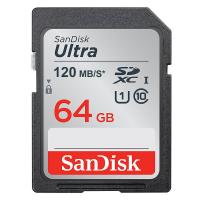
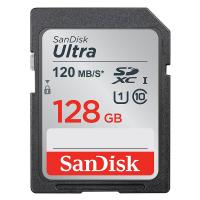

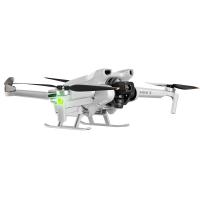









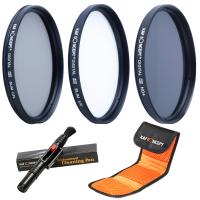







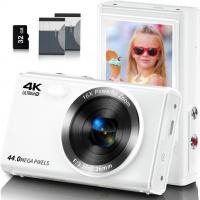


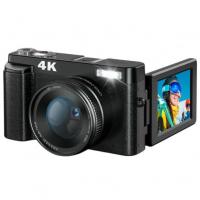







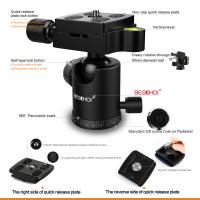


There are no comments for this blog.